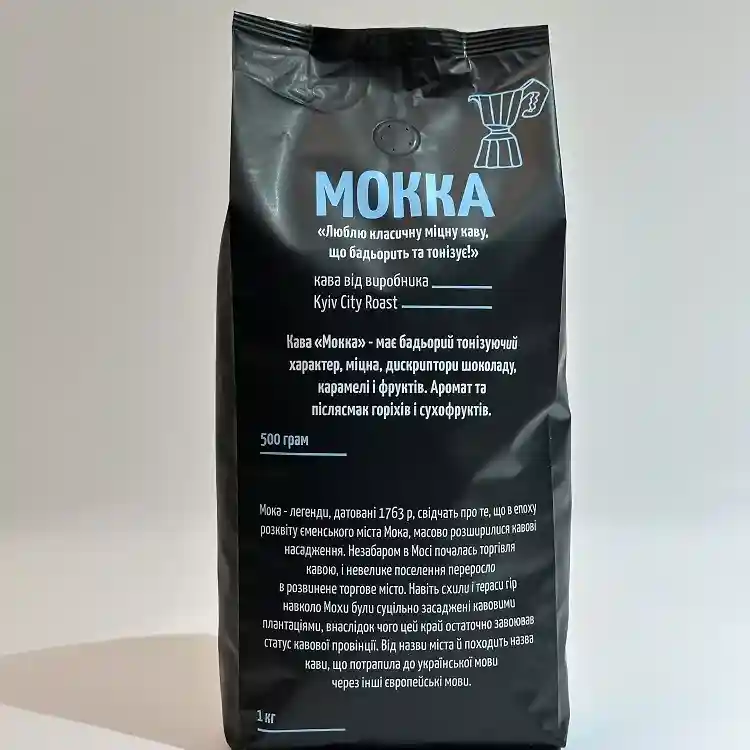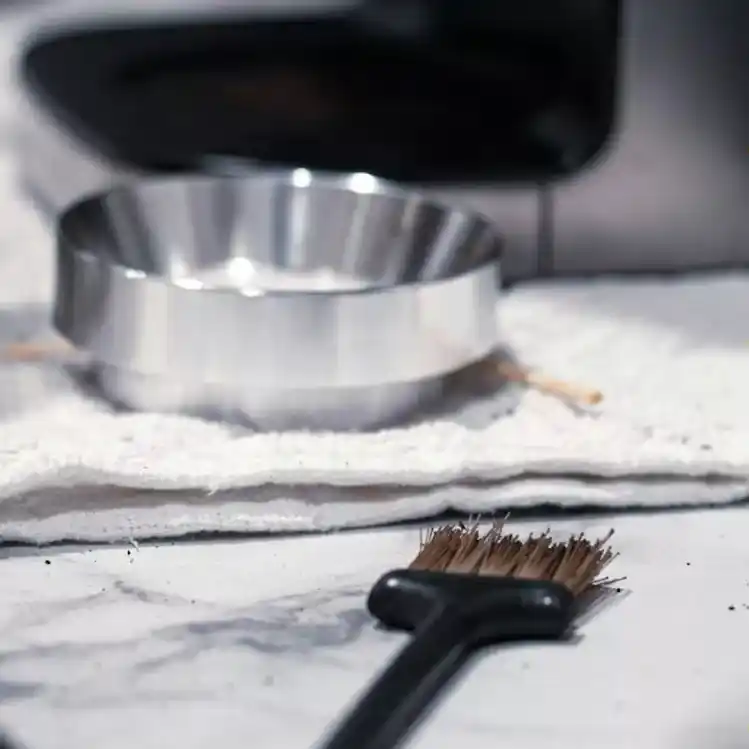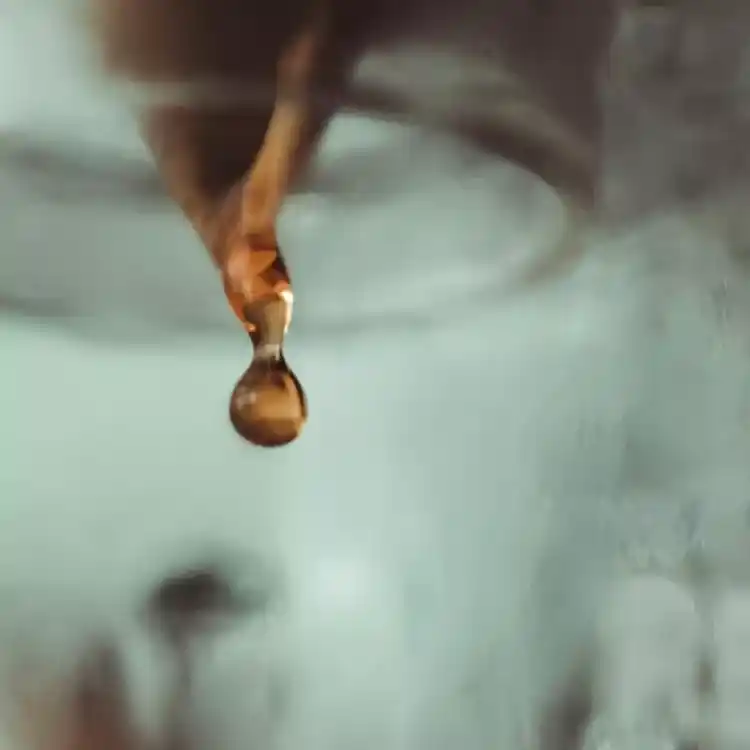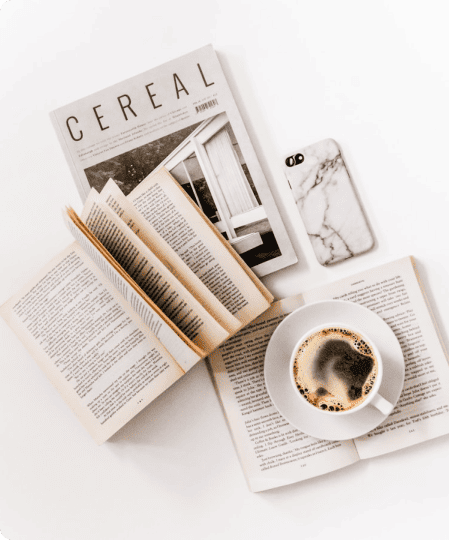Coffee is more than just a drink; it’s a ritual in which freshness is of particular importance. To enjoy the rich flavor and aroma, it is very important to store coffee properly.
The quality of coffee beans changes over time under the influence of air, moisture, light and temperature. That’s why they need a special environment.
Keep it in an airtight container, in a cool, dark place, away from heat sources and pungent odors. And remember: grinds lose their properties much faster than coffee beans.
The main factors affecting the quality of coffee during storage
The shelf life of coffee depends on its form and microclimate. In a sealed package, in an identical environment, bean coffee stays fresh for up to 6 months, ground coffee for up to 3 months, and instant coffee for up to 2 years.
Under improper conditions, flavor and aroma may disappear earlier under the influence of external factors. Moisture promotes the formation of mold and impairs flavor. High temperature and light accelerate the oxidation of coffee oils, which impairs the flavor. Oxygen destroys compounds responsible for flavor. Foreign odors are easily absorbed by the beans, changing the natural bouquet.
Standards of coffee preservation
The ideal temperature for storing coffee is between 15 and 25°C. Sharp fluctuations should be avoided, as they contribute to condensation, which is detrimental to the quality of the product, especially ground beans.
The optimal humidity level is no more than 60%. Moisture is the main enemy of coffee, especially ground coffee, because it accelerates spoilage and loss of flavor. And moisture combined with heat creates an ideal environment for mold growth and loss of flavor.
It is also extremely important to protect coffee from direct sunlight – ultraviolet rays destroy essential oils responsible for flavor depth, so it is better to choose opaque packaging and store coffee in a dark place.
Air access should be minimized: oxygen activates the oxidation process, which leads to a deterioration in taste.
Airtight, opaque containers made of inert materials (e.g. glass or metal with a tight-fitting lid) ensure an optimal microclimate. This approach helps to keep the coffee beans as fresh and aromatic as possible.
How to store coffee beans
Coffee beans retain their organoleptic properties much longer than ground coffee due to the smaller surface area exposed to external factors. The bean acts as a natural barrier that slows down oxidative processes and protects aromatic compounds.
The recommended shelf life of coffee beans is 6 months if the coffee is in the original packaging with a degassing valve, and up to 2-4 weeks after opening. After that, a noticeable decrease in the intensity of flavor and aroma characteristics begins.
To maintain quality, it is necessary to minimize the contact of the grains with oxygen, humidity above 60%, ultraviolet radiation and foreign substances. The ideal conditions are stable temperature, low humidity and no direct light.
Maximum freshness is achieved by grinding just before cooking.
Storage of ground coffee
Ground coffee is much more sensitive to external factors than beans. Due to the larger surface area in contact with oxygen, aromatic compounds evaporate faster and oxidation processes are more intense.
That is why the main difference in the storage of ground coffee is a shorter shelf life. It is advisable to use ground coffee in a closed, airtight package within 2-4 weeks after opening. If the storage parameters are not followed, coffee quickly loses its aroma and taste.
To prolong freshness, it is important to store ground coffee in an airtight container, preferably with a degassing valve, in a cool, dry and dark place. The container should be made of inert materials such as glass, ceramic, or metal. It is also not recommended to store coffee in the refrigerator because of possible condensation.
Storage of instant coffee
Instant coffee absorbs moisture and odors quickly, so it’s important to take this into account when choosing a place to store it. It is best to keep it in a tightly closed jar, preferably glass or metal, in a dry and cool place, away from heat sources.
The shelf life after opening is usually up to three months.
Particular attention should be paid to protecting the product from moisture, as even slight moisture can cause lumps and loss of product quality. Use a dry spoon and close the container carefully.
What to store coffee in
Coffee tableware plays a key role in preserving the aroma, freshness and flavor of the product.
The bags should be made of multilayer materials that are impervious to air and moisture. It is best to use bags with a zip-lock closure and a degassing valve. If the grain is sold in such a bag, it should be left in its original packaging, tightly closed after each use.
Glass and ceramic containers are popular options for home storage. Their advantages include environmental friendliness, airtightness, and the absence of odors. However, glass is fragile, and ceramics can be heavy. Place them in a dark place and make sure the lid is always tightly closed.
Metal and plastic containers are convenient and lightweight. Metal effectively protects the contents from light but can get hot. Plastic should be safe for food and odorless. When choosing such containers, it is important to check the tightness of the lid, as well as the material’s resistance to scratches and deformation.

Where to keep coffee at home
The location of the coffee is no less important than the packaging, because even the best packaging will not protect the product from the environment if the conditions are not right.
The kitchen cabinet is one of the most convenient places. It is important that it is located away from the stove, oven, and window. High temperature and light have a negative impact on coffee quality, so the cabinet should be dry, dark, and cool.
A pantry or other dark, cool places are ideal as a coffee storage unit. They protect it from temperature and light changes, which helps preserve the flavor for a long time.
Recommendations to keep coffee in the refrigerator are wrong. In fact, moisture inside the refrigerator can lead to product spoilage.
The freezer is suitable for long-term storage of large quantities of coffee. Coffee should be packaged in portions in resealable bags. Allow the coffee to defrost completely at room temperature before using it, without opening the packaging. This will prevent condensation from forming.
Tips and tricks
To enjoy high-quality coffee every day, it is important to follow simple but effective tips.
First, buy coffee in optimal quantities. It is best to choose packages that will last for 2-3 weeks of regular use.
We invite you to familiarize yourself with the assortment of Kyiv City Roastery. For us, coffee is art, inspiration every day and a matter of life. So you can count on the freshest coffee of excellent quality.
Secondly, it is best to grind coffee beans just before brewing. Freshly ground coffee always tastes better.
It is also important to be able to determine that the beans have lost their quality. The main signs are: a faint or foreign odor, discoloration, lumps (in the case of instant coffee), and a dull taste.
Conclusion
Adherence to a special coffee storage regime is the key to coffee freshness, aroma and fullness of flavor. The basic rules are simple but effective: store coffee in an airtight container, in a dark, dry and cool place, away from heat sources, avoiding contact with air, moisture and foreign odors. Use high-quality packaging or tightly closed glass, ceramic, or metal containers.
Pay special attention to quantity: buy as much as you actually consume for a few weeks.
Choose the right place for coffee. It’s not just about taking care of the product, it’s about taking care of yourself. After all, only fresh coffee allows you to fully enjoy every cup.






